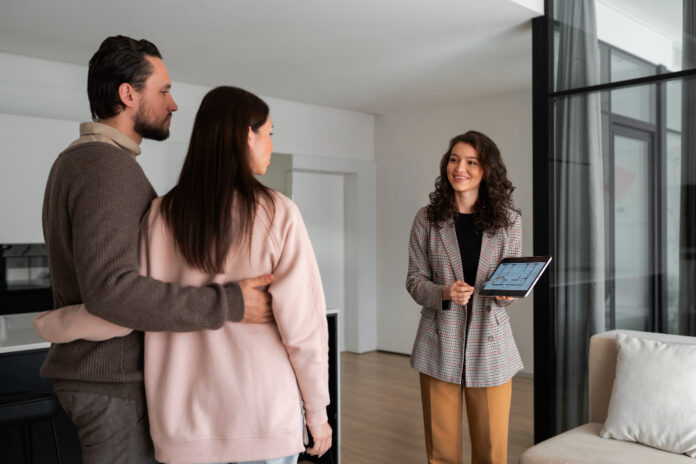When you visit a property, you expect safety. Unfortunately, accidents happen. If you slip, trip, or fall, your life might change in an instant. Holding property owners accountable is key to ensuring your safety and that of others. Premises liability cases focus on property owner responsibilities when accidents occur. You deserve to understand your rights and the legal processes involved. This blog explains how you can navigate these cases with precision. Sattiraju & Tharney, LLP stands ready to help. They have the experience and skill you need. Property owners must maintain a safe environment. When they fail, the consequences can be severe. Knowing when to take action is essential. Understanding premises liability helps you protect yourself and others from future harm. Accountability ensures safer environments for everyone. Let’s explore this important topic together, so you can feel empowered and secure in any setting.
Understanding Premises Liability
Your safety on someone else’s property depends heavily on the property owner’s diligence. Premises liability holds owners responsible for accidents occurring on their property due to unsafe conditions. These cases often involve slip and fall accidents, inadequate maintenance, or faulty structures. Owners must exercise reasonable care to prevent injuries to visitors.
Types of Premises Liability Cases
Premises liability can take different forms such as:
- Slip and fall accidents
- Inadequate maintenance
- Negligent security
- Dog bites
- Swimming pool accidents
Each type presents unique challenges and requires specific evidence to establish liability. Knowing which category your case falls under helps you move forward effectively.
Property Owner Responsibilities
Property owners have legal duties to maintain safe environments. This includes regular inspections and prompt repairs of hazards. When owners fail in these duties, they might be liable for injuries. For example, if a store owner neglects to clean up a spill, they may be responsible for a shopper’s fall.
The Centers for Disease Control and Prevention (CDC) provides statistics on fall-related injuries that highlight the importance of property safety.
Proving a Premises Liability Case
To succeed in a premises liability claim, you must prove:
- The property owner had a duty of care.
- The owner breached that duty with unsafe conditions.
- The breach caused your injury.
- You suffered actual damages, such as medical bills or lost wages.
Collect evidence like photographs, witness statements, and medical records. This helps build a strong case against negligent owners.
Comparison of Duty of Care
| Type of Visitor | Duty of Care |
| Invitee (e.g., customers) | High – Regular inspections and repairs |
| Licensee (e.g., social guests) | Moderate – Warn of known dangers |
| Trespasser | Low – Avoid willful harm |
Steps to Take After an Accident
If injured on someone else’s property, follow these steps:
- Seek immediate medical attention.
- Report the incident to the property owner or manager.
- Document the scene with photos and notes.
- Gather contact information of witnesses.
- Consult with a qualified attorney.
Prompt action helps protect your legal rights and strengthens your case. The USA.gov site offers further resources for obtaining legal assistance.
Conclusion: Advocating for Safer Environments
Premises liability cases emphasize the importance of maintaining safe properties. When owners neglect their responsibilities, they endanger visitors. By holding them accountable, you contribute to creating safer environments for everyone. Understanding how these cases work empowers you to act confidently in protecting your rights. Stay informed, stay vigilant, and take action when necessary to ensure safety for all.

